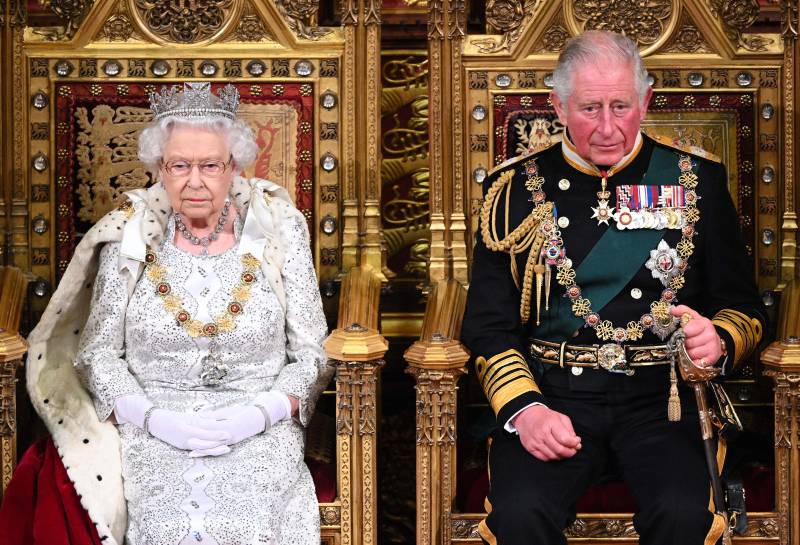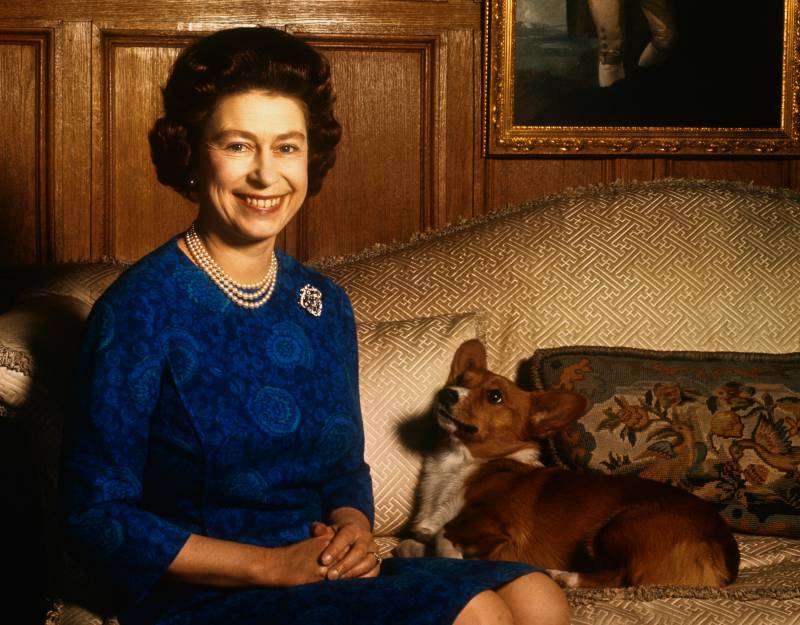Queen Elizabeth II died on Sept. 8, 2022, at the age of 96. Questions are now swirling about what that means and the changes that will inevitably happen in the U.K.—and beyond—in the coming weeks.
As the resident Brit on the KQED Arts & Culture team, I have been fielding questions from slightly perplexed Americans since the queen’s passing. Here are the answers to some questions you may also have.
Is Charles suddenly king?
Yes, he is. The moment Queen Elizabeth II died, Charles became King of England. And he’s waited a very long time to become King Charles III. He’s currently 73 years old. By contrast, his mother became queen when she was just 25. Charles’ official coronation will be an elaborate affair that will grind half of London to a halt and be televised internationally. The coronation likely won’t happen for a couple of months, though, out of respect for Queen Elizabeth.
Does the royal family have any actual power?
Basically, no. The reigning monarch is required to sign off on all acts of parliament before they can become law—this is referred to as the royal assent. But the last time a king or queen refused to sign off was all the way back in 1707. Members of the royal family are expected to stay neutral on all political issues, political parties and the U.K.’s prime ministers. There is an understanding that if the royal family started interfering with the democratic political process, it would not end well for them.
What does this mean for Harry and Meghan?
Aside from Harry mourning his grandma, very little. Harry is now fifth in line for the throne, after his big brother William and William’s three children, George, Charlotte and Louis. While William and his wife Kate are now set to become the new Prince and Princess of Wales, Harry and Meghan’s official titles are unlikely to change. There is a possibility that their children may receive Prince and Princess titles now, though. That decision would be up to Charles to offer, and Harry and Meghan to accept.
What mourning rituals does Great Britain have in the event of a monarch’s death?
The U.K. gets really weird after the death of senior royal family members. The official period of mourning for Queen Elizabeth II will continue from now until seven days after her funeral. The funeral, which is expected in ten days, will bring Britain in its entirety to a standstill. During the official mourning period, flags will be lowered to half-mast on buildings all over the country, and elected politicians are expected to stay quiet on matters unrelated to the queen’s passing. (This is especially strange under the circumstances—Britain got a new prime minister just two days before Elizabeth died.)




